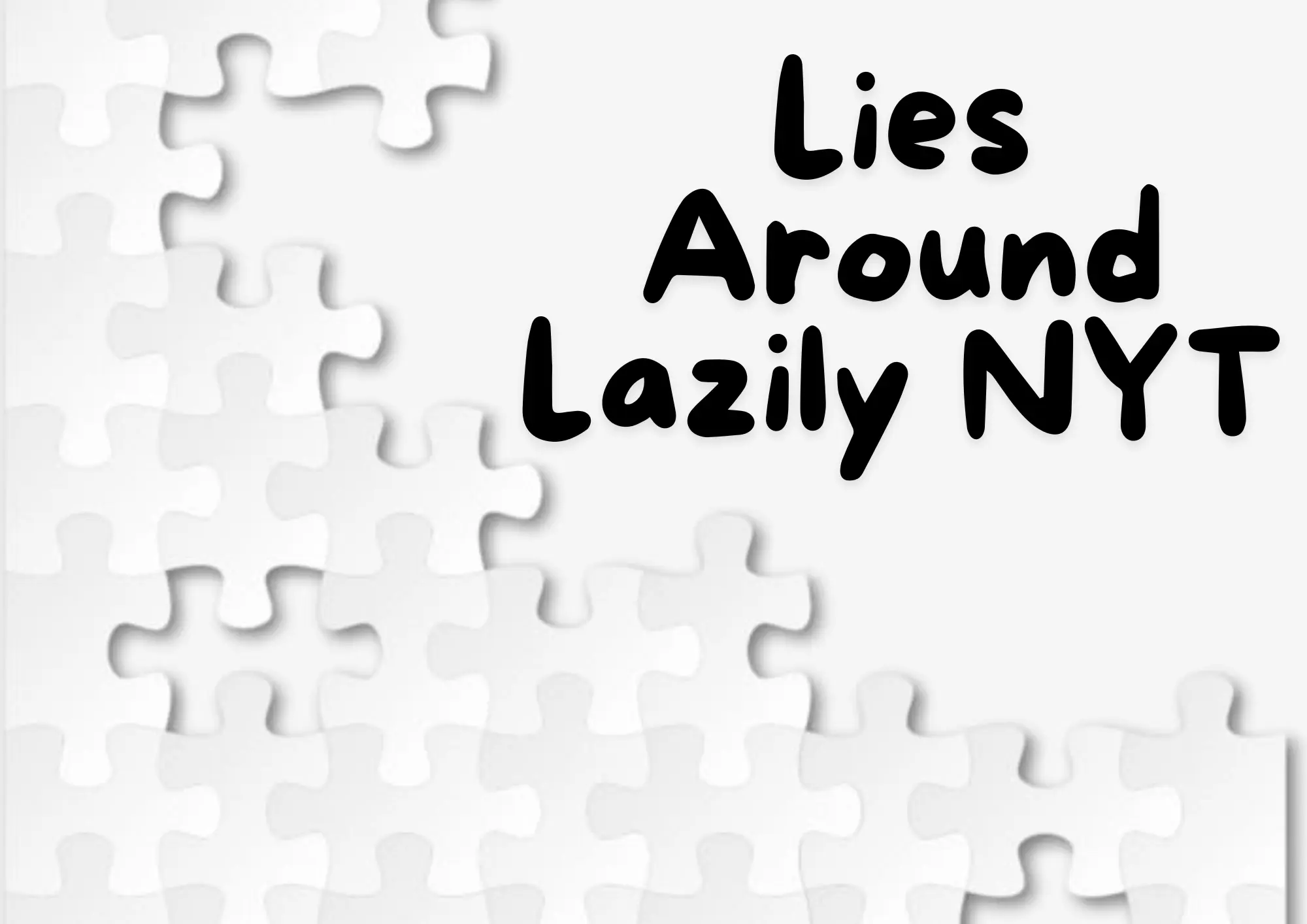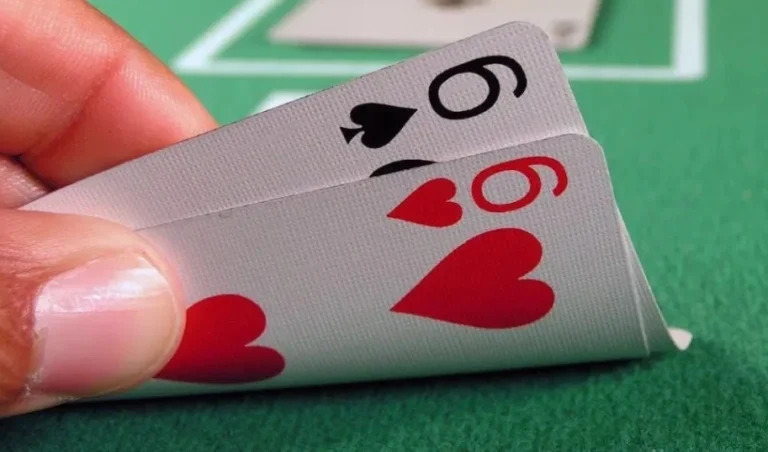Lies Around Lazily NYT: Embracing the Joy of Slow Living
Lies Around Lazily NYT perfectly encapsulates the feeling of a laid-back Sunday afternoon when you have all the time in the world .It’s similar to living each moment to the fullest when wrapped up with a good book and a hot cup of cocoa in your favorite recliner. This piece of writing is the epitome of those carefree moments when you can just relax and let your mind roam.
With “Lies Around Lazily,” the hustle and bustle of everyday life fades away, allowing you to savor the perfect lazy day’s slow pace. It all boils down to enjoying those quiet moments and finding pleasure in the simple process of unwinding. So, if you’re prepared to live in a society where relaxing is the main pastime, this book is ideal for you.
Embracing the Art of Leisure: Lessons from Lies Around Lazily NYT
The New York Times examines the sometimes-overlooked art of leisure in “Lies Around Lazily.” The article explores the tremendous effects of deliberate rest and how it improves both our physical and mental health. True leisure is a purposeful and intentional approach to relaxation, not just passing the time. It’s about making room for oneself in the hectic world of today, where personal pleasure takes precedence above productivity.
The article outlines several methods via which people can develop this kind of recreation. The focus is on presence and enjoyment, whether it be through activities without a set objective or unstructured time spent outside. Readers are urged to re-connect with authentically enjoyable activities by adopting these behaviors, which release them from the demands of competition or achievement.
“Lies Around Lazily NYT” also emphasizes the necessity for society to reconsider our relentless hustle mentality. It refutes the idea that success is correlated with busyness and promotes equilibrium where leisure is equally valued. A more contented and peaceful way of life, where the value of our leisure time is just as important as our output, can result from this change in viewpoint.

The Science Behind Relaxation
.The New York Times piece delves into the science of relaxing, demonstrating the physiological and psychological effects of peaceful hobbies. It clarifies that downtime is essential for mental healing and emotional health and goes beyond simple indolence. The idea that taking some time to de-stress has real advantages is reinforced by scientific research that demonstrate how relaxation lowers stress hormones and improves general health.
The article emphasizes how relaxing activities can raise levels of dopamine and serotonin, neurotransmitters linked to happiness and wellbeing, when describing neurochemical processes. These changes in the body can help reduce anxiety and depression symptoms and promote a more balanced mood. Through comprehension of these physiological reactions, readers have a more profound grasp of the significance of scheduling leisure time.
The article also looks at how relaxing affects cognitive performance. It emphasizes how taking pauses and stepping back can improve one’s ability to think creatively and solve problems. Allowing the imagination to roam freely frequently results in creative answers and thoughts. This emphasizes how important it is to include deliberate relaxation in one’s routine—not only as a luxury, but also as a must for mental clarity.
Integrating Leisure into Daily Life
“Lies Around Lazily NYT” provides helpful guidance on fitting leisure time into a hectic schedule. The essay emphasizes the value of scheduling brief, controllable periods of relaxation into daily activities and offers helpful suggestions for doing so. Little things like going on a stroll, engaging in mindfulness exercises, or just relaxing with a cup of tea can have a big impact on someone’s quality of life.
The essay also touches on how technology influences our free time. It offers ways to strike a balance between screen time and real relaxation-promoting activities like reading a book or going outside. People can design a more rewarding leisure experience by prioritizing offline activities and establishing boundaries around their use of technology.
The article also exhorts readers to customize their leisure pursuits to suit their unique requirements and tastes. It highlights that there is no one-size-fits-all definition of leisure; what suits one individual may not suit another. The goal is to help each person customize the art of relaxation by discovering what really speaks to them and incorporating it into their daily routine.
The Role of Leisure in Personal Growth
An article in the New York Times examines the role that leisure plays in personal development and self-discovery. It makes the case that leisure is about discovering new facets of oneself as much as escaping obligations. People frequently discover hidden abilities, passions, and hobbies through leisure activities, which benefits their overall growth.
The article tells tales of people who, through leisure activities, found new interests or career routes. These people have expanded their life with fresh experiences and opportunities that they have opened by making time for things they enjoy. This component of leisure as a means of achieving human development emphasizes the importance of leisure beyond simple relaxation.
The piece also explores how leisure time might promote introspection and personal growth. People frequently become more clear about their ideals and objectives when they take a break from the demands and rituals of daily life. Their lives may alter significantly as a result of this introspective time, turning leisure into more than just a vacation from the grind and a means of advancing personally.
Reevaluating Productivity Standards
The New York Times questions the impact of conventional productivity standards on personal happiness in “Lies Around Lazily NYT.” The essay challenges the idea that work is unending and proposes a new definition of success that incorporates lots of leisure time. It presents the argument that an unwavering concentration on output could lead to fatigue and a reduced standard of living—a viewpoint that is emphasized in Lies Around Lazily NYT.
In Lies Around Lazily NYT, an article examines how standard productivity metrics ignore the value of rest and how it could enhance overall performance. Individuals can achieve a more sustainable and meaningful work-life balance by shifting their focus from reaching maximal output to a more balanced approach that includes downtime. This review invites readers to reevaluate what it means to be productive and to question received wisdom.
The essay also provides examples of individuals and companies that have successfully included leisure into models of productivity. It illustrates how companies that prioritize the leisure and well-being of their workers often witness improvements in creativity, engagement, and job satisfaction. The increasing recognition of the importance of leisure for long-term success and happiness is reflected in the value placed on leisure as a component of productivity.







